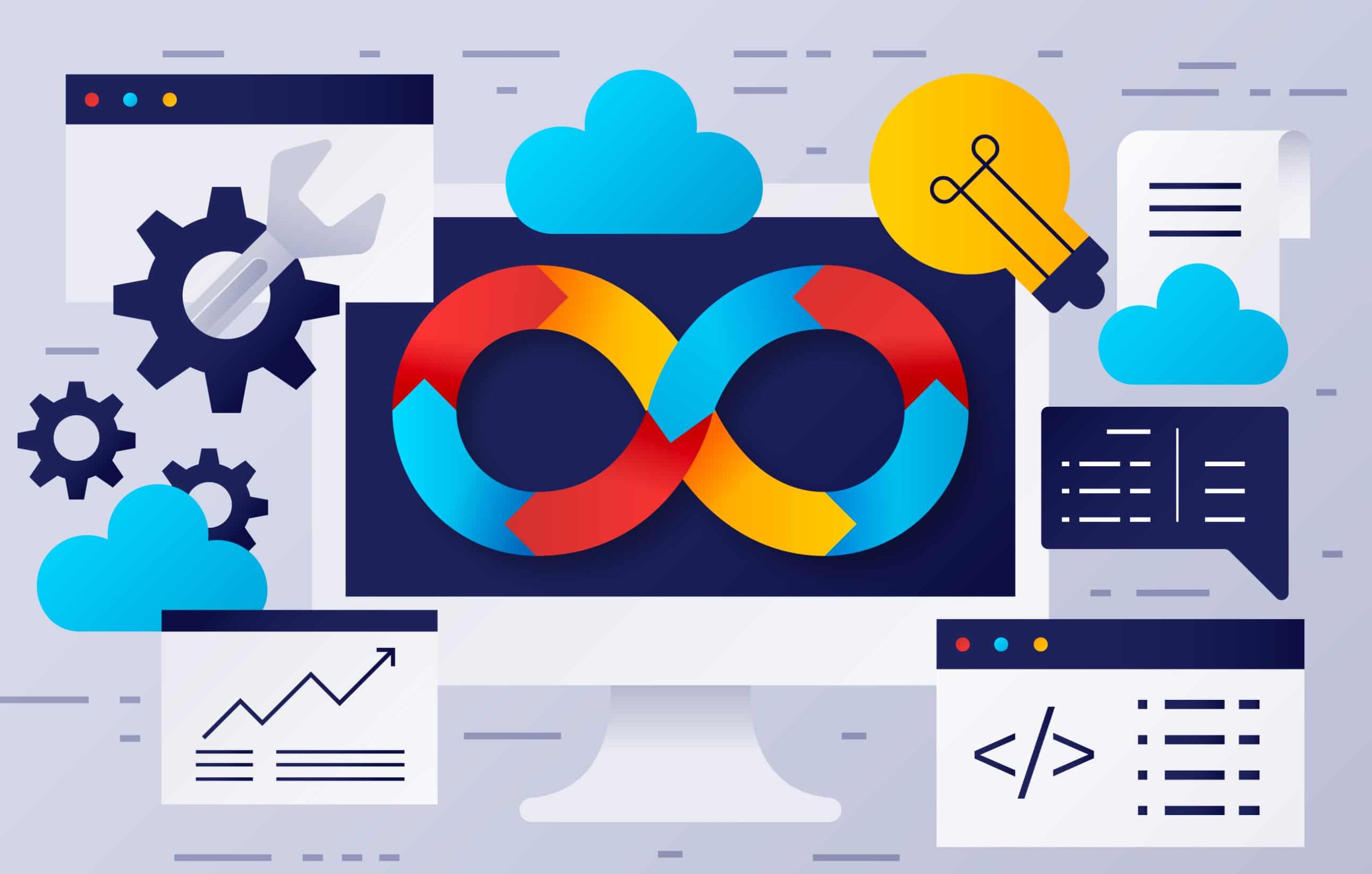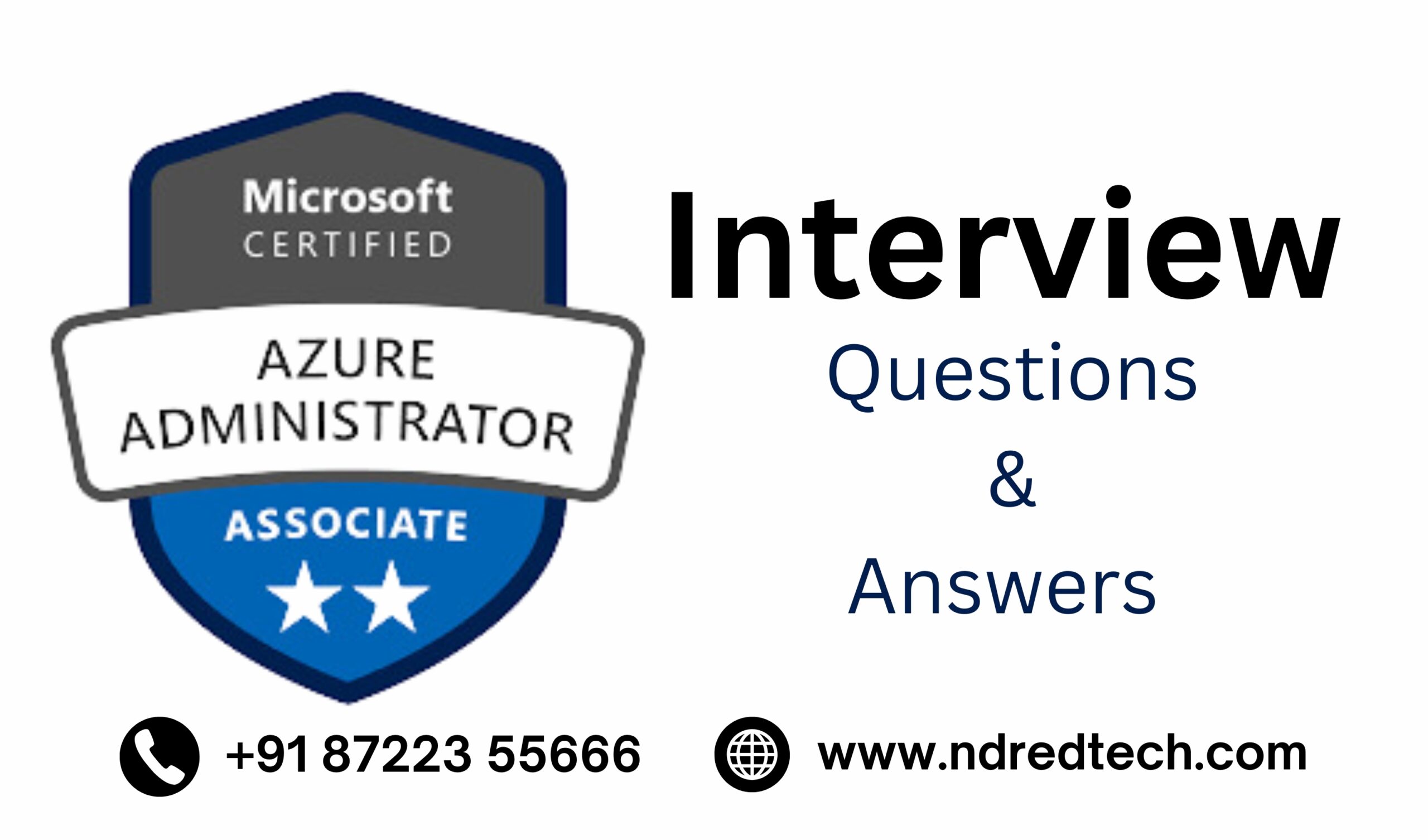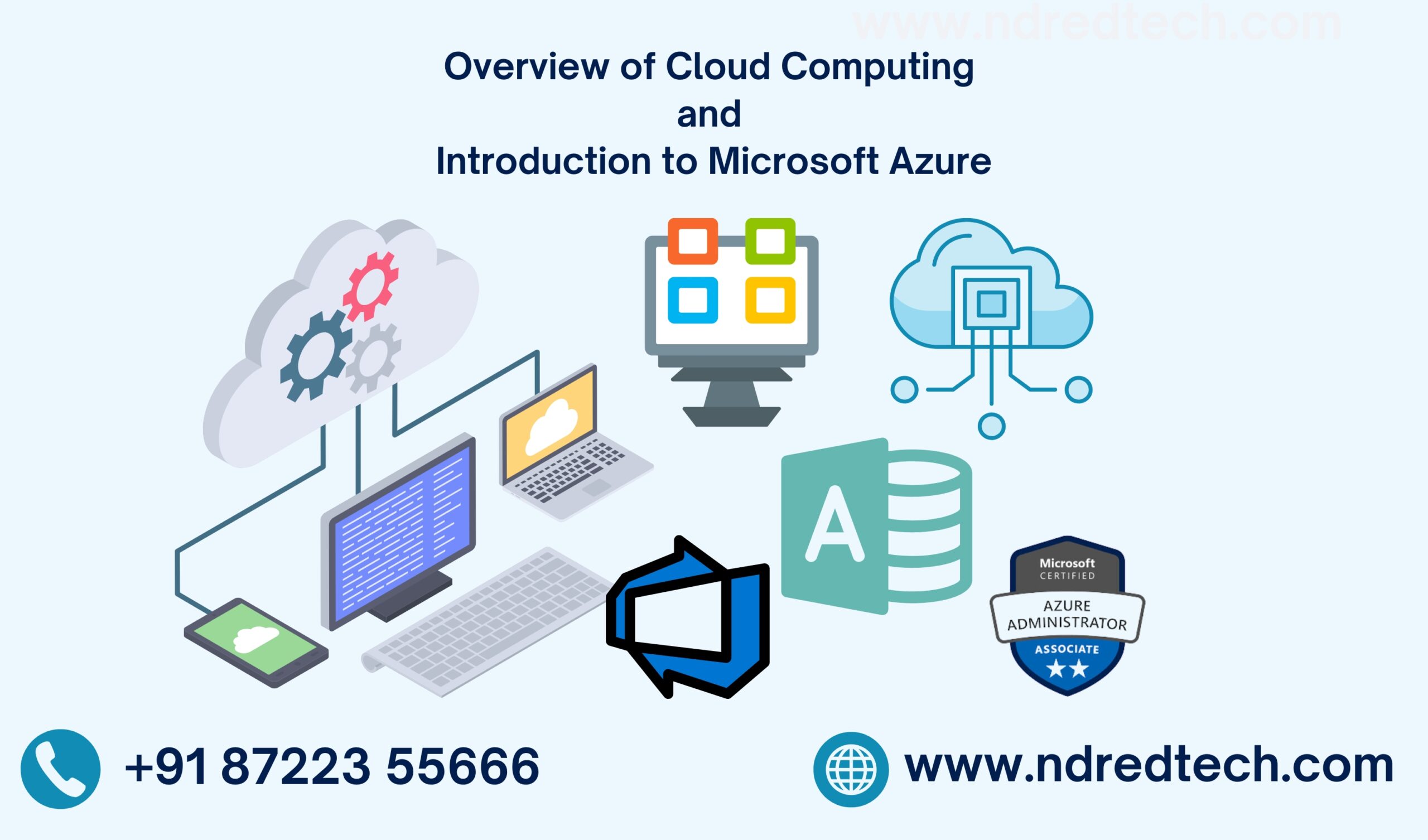For Freshers:
1. What is Microsoft Azure?
Microsoft Azure is a cloud computing platform and service provided by Microsoft. It offers a wide range of cloud services, such as compute, storage, databases, networking, AI, and more. Organizations can use Azure to build, deploy, and manage applications in a global network of data centers
2. What is the difference between Azure Virtual Machines (VMs) and App Services?
- Azure Virtual Machines: Provide IaaS (Infrastructure as a Service), allowing users to create and manage virtual servers for applications with full control over the operating system and configurations.
- App Services: Provide PaaS (Platform as a Service), allowing developers to deploy and manage applications without worrying about the underlying infrastructure. It is ideal for web applications and APIs.
3. What are Azure Resource Groups?
Azure Resource Groups are logical containers for managing and grouping related Azure resources, such as VMs, storage accounts, and databases. Resources within a group share the same lifecycle and can be managed collectively.
4. What is Azure Blob Storage? What are its types?
Azure Blob Storage is an object storage service for storing unstructured data like images, videos, or log files. Its types are:
- Block Blob: Optimized for large data uploads.
- Append Blob: Designed for logging and appending operations.
- Page Blob: Used for random read/write operations, such as VHD files.
5. What is Azure Active Directory (Azure AD)?
Azure AD is Microsoft’s cloud-based identity and access management service. It enables users to sign in and access resources such as Microsoft 365, Azure services, and third-party applications securely.
For Experienced Professionals:
6. What is Azure Kubernetes Service (AKS), and how is it used?
AKS is a managed Kubernetes service in Azure that simplifies the deployment, management, and scaling of containerized applications. It automates tasks like provisioning Kubernetes clusters, upgrading, and patching. Developers use AKS to run highly available and scalable applications in containers
7. How do Azure Availability Zones ensure high availability?
Azure Availability Zones are physically separate data centers within an Azure region. They provide fault isolation by having independent power, cooling, and networking. By deploying resources across multiple zones, Azure ensures high availability and resilience during outages.
8. What is the difference between Azure Load Balancer and Application Gateway?
- Azure Load Balancer: Operates at Layer 4 (Transport layer). It distributes incoming traffic to VMs or services based on network protocols.
- Application Gateway: Operates at Layer 7 (Application layer). It is used for web traffic management, URL-based routing, SSL termination, and application firewall services.
9. What is Azure DevOps, and how is it used?
Azure DevOps is a suite of tools for continuous integration and continuous delivery (CI/CD). It includes features like:
- Azure Pipelines for automated builds and deployments.
- Azure Repos for source control.
- Azure Boards for project tracking.
- Azure Test Plans for testing.
It enables teams to collaborate and streamline their development and deployment processes.
10. What steps would you take to secure Azure resources?
To secure Azure resources:
- Use Azure RBAC (Role-Based Access Control) for access management.
- Enable Multi-Factor Authentication (MFA) for users.
- Use Azure Security Center to monitor and manage security.
- Encrypt data at rest using Azure Storage Service Encryption and in transit using SSL/TLS.
- Deploy Network Security Groups (NSGs) to control traffic.
- Regularly update and patch VMs and applications.



